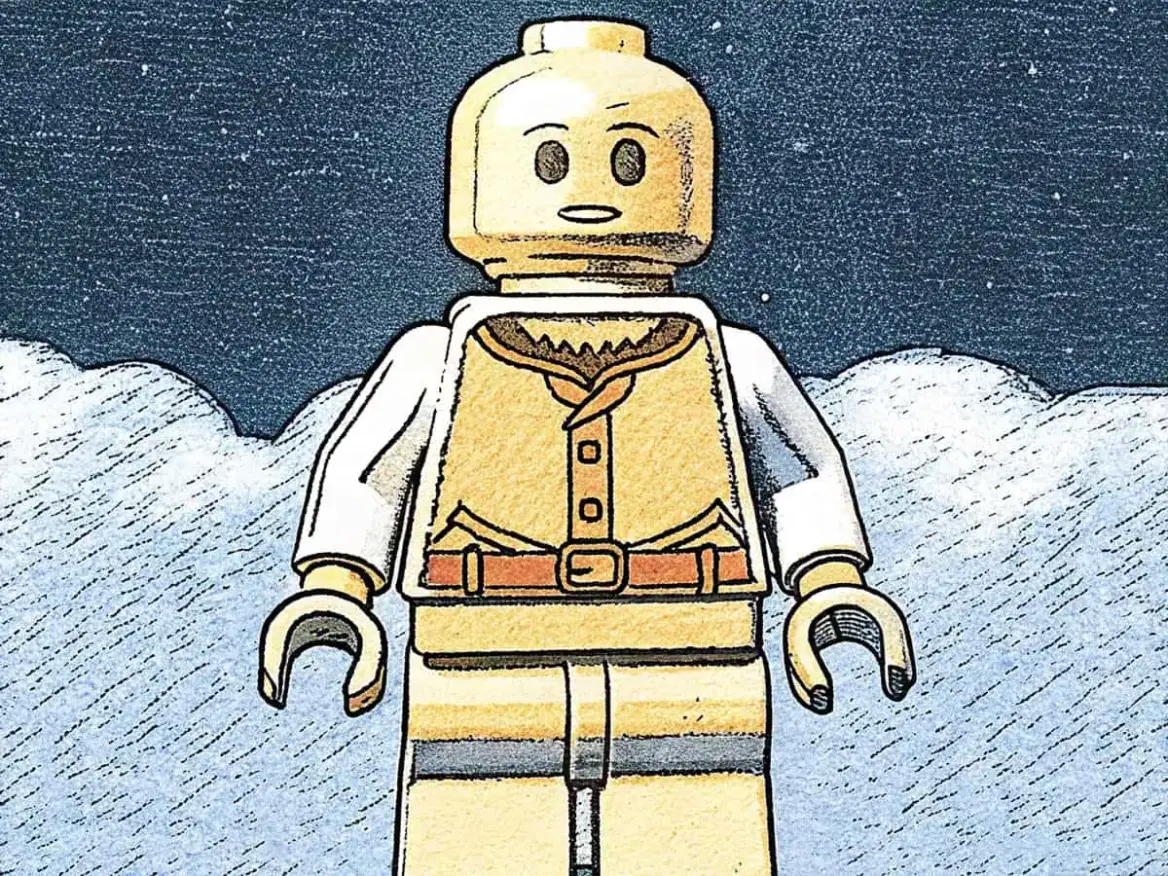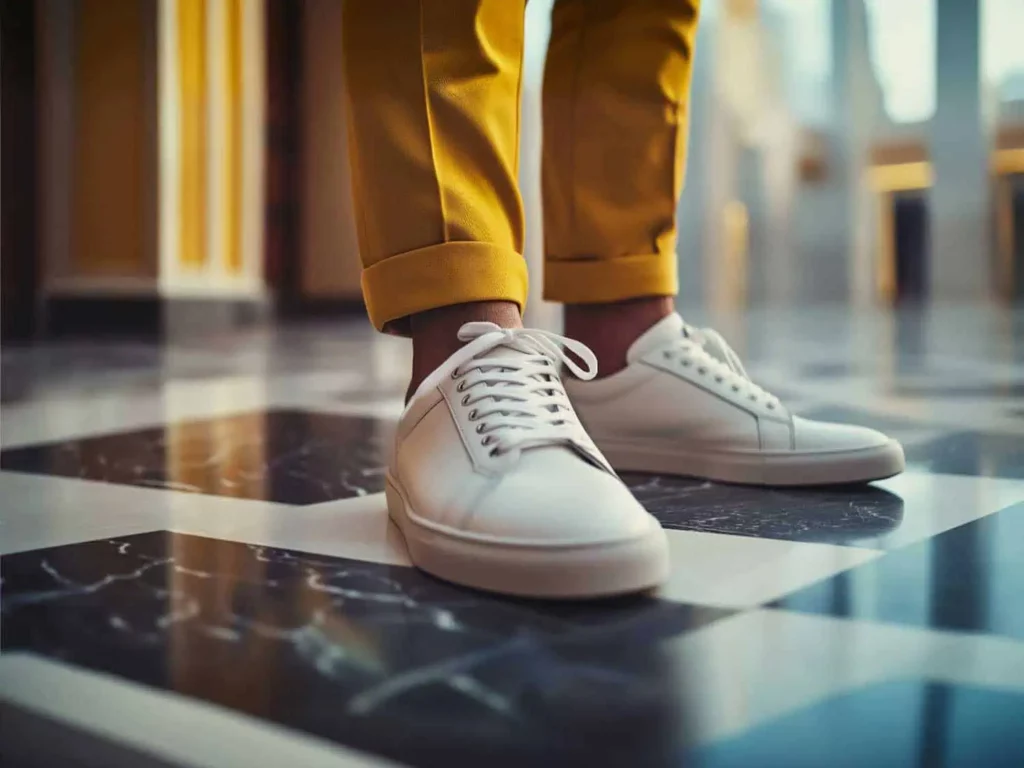Lego has a long history of legally protecting its products. From patents to design and trademark rights, the company exploits various opportunities to continue exploiting unique designs exclusively.
A recent ruling in the BB Services GmbH case confirms that Lego has exclusive rights to its minifigures. This offers important insights for companies (both big brands and smaller entrepreneurs) seeking to protect their intellectual property.
Lego’s approach shows how companies can strategically use their rights to protect themselves from unfair competition. Lego’s story began in 1958 with a patent on the iconic cube in Denmark. Shortly afterwards (in the Netherlands in 1960), patents in other countries followed. When those patents expired, Lego bet on protection through design law later trademark law.
Whereas a patent deals with the technical details of a design, design rights are about the aesthetic appearance of a design.
This pattern – first patent law, then other forms of intellectual property protection – repeats itself in the case of minifigures: Lego claims exclusive rights and fiercely defends them against parties seeking to sell copied figures.
The ruling in the case against BB Services
BB Services tried to get the trademark registration of Lego’s puppet as a trademark through in 2023, arguing that the shape is functionally defined and therefore should be generally available.
The European court rejected this on 6 December 2023, ruling that non-technically determined features, such as imaginative or decorative elements, are sufficient to retain trademark protection in this case (the test is strict!). This confirms that intellectual property can provide protection if novel and unique features are present.
No endless protection
Not everything remains protected indefinitely. There are exceptions. A trademark, for example, can remain protected indefinitely (which is why the test is so strict), provided the registration is renewed each time. But often, once rights, in jargon, have expired or lapsed, a design enters the public domain.
Lego experienced this in the past with its building blocks. After the patents expired (after 20 years), competitors were allowed to make blocks with the same technical solution.
The December ruling underlines that the protection of Lego minifigures is also gradually becoming more limited, leaving room for other entrepreneurs to develop their own variants.
At the same time, the ruling is also a confirmation that through repeated legal action against copies, legal protection of intellectual property makes sense. A legal storyline has emerged, as it were – starting with IP law and then moving on to other rights.
The significance for entrepreneurs
In doing so, the case demonstrates the importance of having a thoughtful strategy when protecting intellectual property.
Both big brands and smaller entrepreneurs have various legal options. Consider design rights, trademark rights or patents – depending on which aspect of the innovation needs protection and is protectable. For example, is it about a new look or a unique technical invention?
The Lego case also shows that consistent protection can keep a product unique for a long time, but also that, as an entrepreneur, you need to carefully consider which route you choose. Good Law supports companies in making these strategic choices and helps them secure their innovations.
Conclusion: protection is possible, but requires strategy
Finally, Lego’s approach shows that long-term intellectual property protection is feasible, but there is no guarantee. Other companies, such as Crocs, have tried to follow a similar route, with varying degrees of success.
Whereas entrepreneurs often think their product is unique, in many cases a judge sees it differently – for example, if the competitor can show that a similar product already existed and the product is therefore not as new as stated
The key insight: with a strong legal strategy, you can often protect your product for a long time, but you need to know how to assess which strategy can be successful, which elements are worthy of protection and how long your rights will last. Pick your battles
Entrepreneurs who have an innovative product would do well to seek timely legal advice to best protect their intellectual property.


